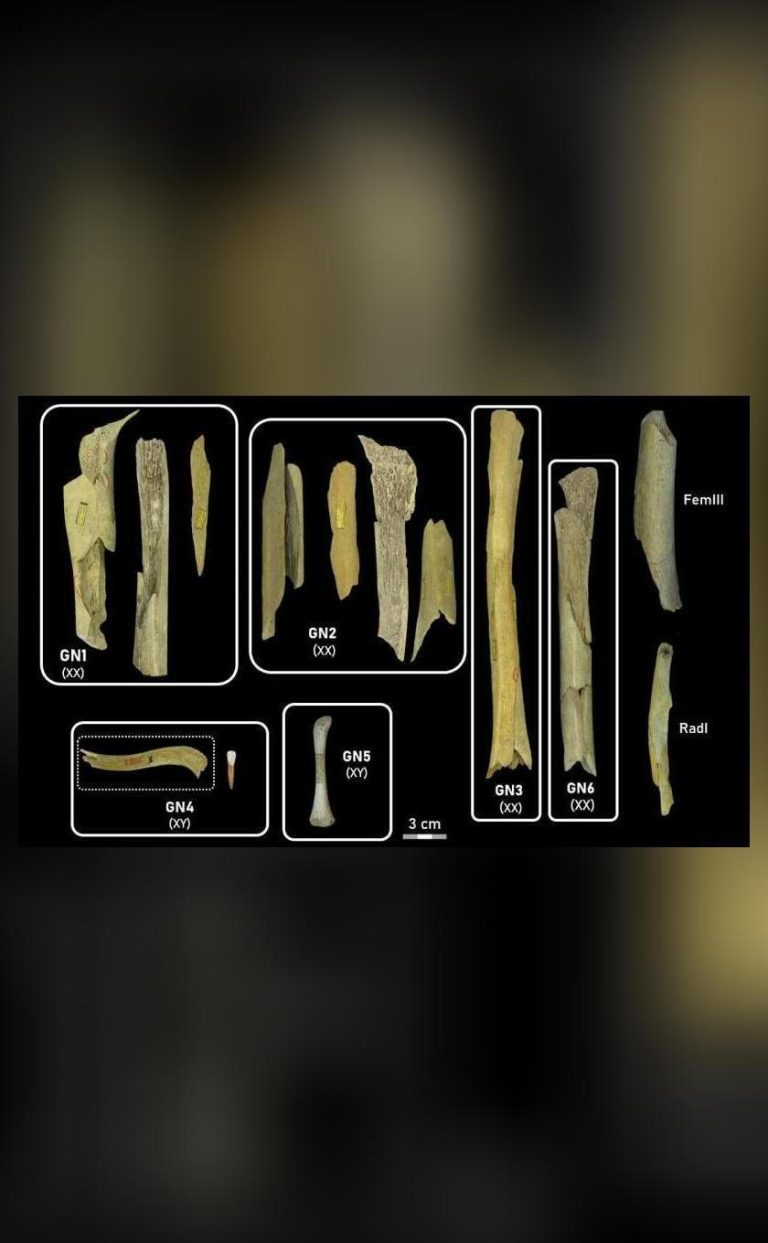
Video shows Comet C/2025 K1 (ATLAS) breaking up into 3 parts
In a stunning display of celestial drama, Comet ATLAS (C/2025 K1), discovered on May 24, has dramatically fragmented into at least three bright pieces. According to spaceweather.com, this unexpected turn of events has left astronomers and space enthusiasts alike in awe. The comet’s break-up was captured by photographer Michael Jäger, who prepared an animation that depicts the spectacle in breathtaking detail.
The animation, which shows the comet’s transformation between November 12 and 20, reveals the comet’s nucleus splitting into three distinct pieces. This fragmentation is a rare and fascinating phenomenon, offering scientists a unique opportunity to study the internal structure and composition of comets. As the comet continues its journey through the constellation Ursa Major, which it has been travelling through since November 24, astronomers are eager to observe its further development.
Comet C/2025 K1 (ATLAS) was discovered on May 24 by the Asteroid Terrestrial-impact Last Alert System (ATLAS), a robotic astronomical survey system designed to detect near-Earth asteroids and comets. Initially, the comet was expected to be a relatively small and faint object, but as it approached the inner solar system, it began to brighten and gain attention from the astronomical community.
The comet’s break-up is believed to have been caused by the intense heat and radiation from the Sun, which can cause the ices in a comet’s nucleus to vaporize and create internal pressures that eventually lead to fragmentation. This process is not uncommon, as comets are fragile and prone to splitting apart as they approach the Sun.
The animation prepared by Michael Jäger offers a fascinating glimpse into this process. By combining images taken over several nights, Jäger was able to create a stunning visual representation of the comet’s break-up. The animation shows the comet’s nucleus slowly splitting into three distinct pieces, each of which is now moving along its own trajectory.
The fragmentation of Comet C/2025 K1 (ATLAS) has significant implications for astronomers, who are eager to study the comet’s remains and gain insights into its composition and internal structure. By analyzing the debris left behind by the comet, scientists can learn more about the formation and evolution of our solar system.
As the comet continues its journey through the constellation Ursa Major, astronomers will be closely monitoring its progress, eager to see how the fragments will evolve and interact with their surroundings. The break-up of Comet C/2025 K1 (ATLAS) is a rare and exciting event that offers a unique opportunity for scientific discovery and exploration.
For space enthusiasts, the break-up of Comet C/2025 K1 (ATLAS) is a thrilling development that highlights the dynamic and unpredictable nature of our universe. As we continue to explore and study the cosmos, we are reminded of the awe-inspiring beauty and complexity of the celestial world around us.
In conclusion, the break-up of Comet C/2025 K1 (ATLAS) into at least three bright pieces is a significant and fascinating event that offers insights into the internal structure and composition of comets. As astronomers continue to study the comet’s remains, we can expect to learn more about the formation and evolution of our solar system. For now, we can marvel at the stunning animation prepared by Michael Jäger, which captures the drama and beauty of this celestial event.
News source: https://youtu.be/UwAGiJRHKCE






